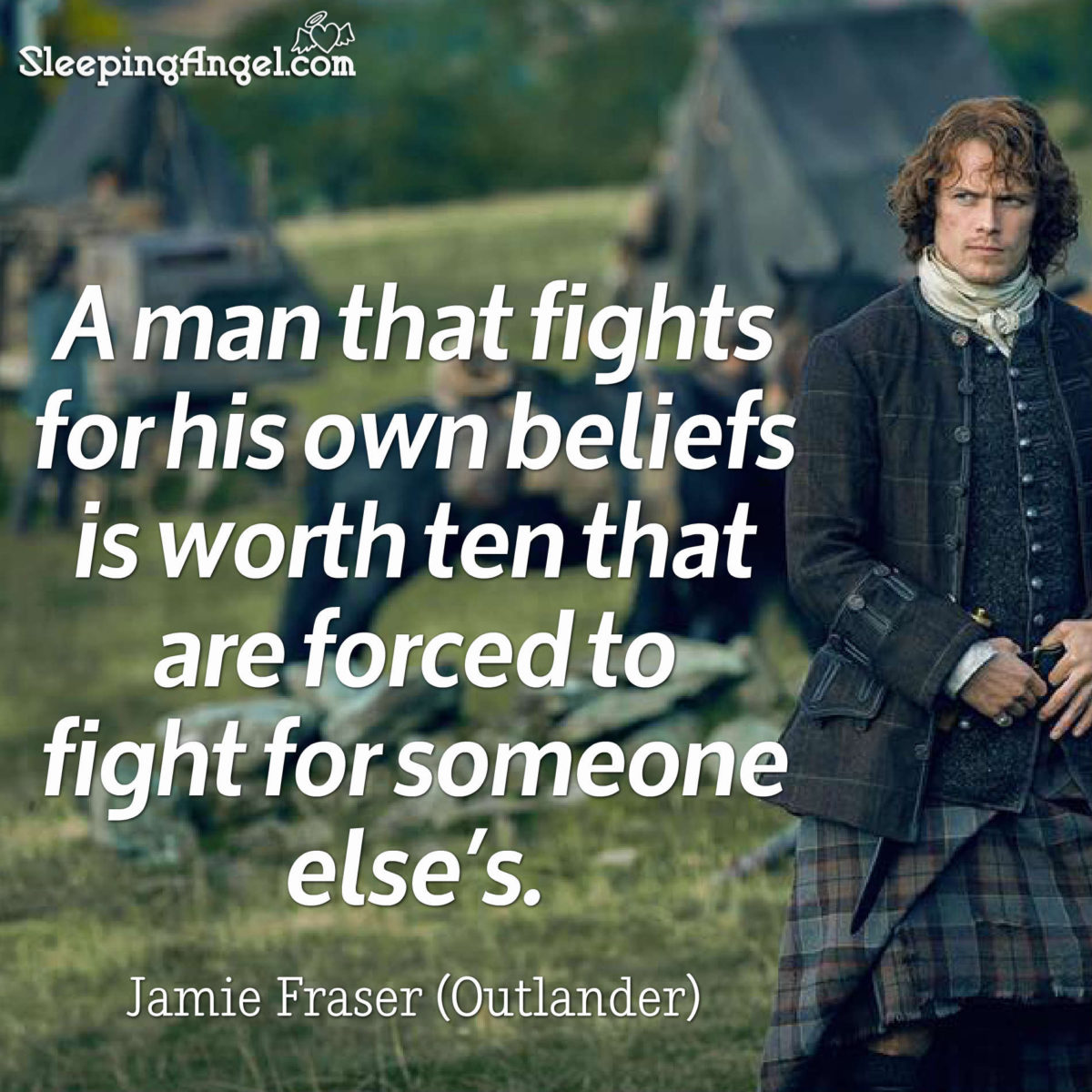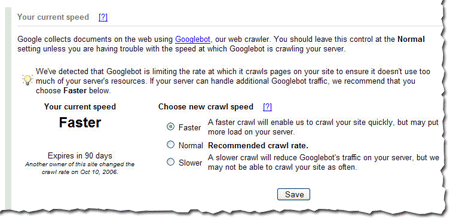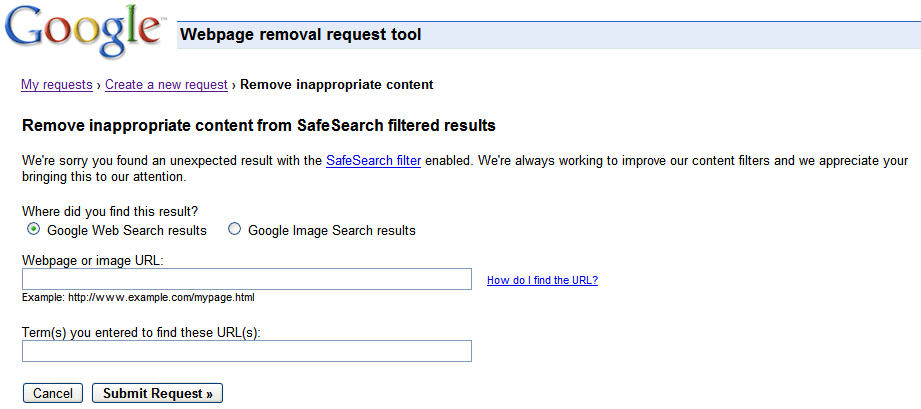

- #Microsoft word widow orphan control quotation mark how to
- #Microsoft word widow orphan control quotation mark full
- #Microsoft word widow orphan control quotation mark software
(This can become an issue once your manuscript is accepted for publication and is imported into Quark or other design programs.) (CMS 2.12) No extra space at the end of a paragraph. Once on that screen, click off the checkmark beside Widow/Orphan control.) Turning off the widow/orphan control lets the text break naturally across the page breaks-it keeps the program from automatically forcing paragraphs to stay together at the end of a page, thus creating big gaps of space at the end of pages. (In MS Word, this is accomplished by clicking FORMAT–>PARAGRAPH and then in that dialogue box, clicking the LINE & PAGE BREAKS tab.
#Microsoft word widow orphan control quotation mark software
#Microsoft word widow orphan control quotation mark full
LEFT justify your document do not full justify.
#Microsoft word widow orphan control quotation mark how to
Let the publishing house decide how to format it. Do not use any other fonts in the file–such as a scripty font for a letter a character writes (just italicize your chosen font).

Do not go wider than 1.25″ (this is what MS Word defaults to, unless you change it) 1″ to 1.25″ margins (top, bottom, right, left).įor the most part, if you follow these guidelines, your manuscript will have an acceptable layout for submission: That said, let’s get some of the most basic “accepted practices” out in the open. It’s always a learning process, as our language is constantly in a state of flux, and what might have been a “rule” five years ago (such as “always put a comma before the word too at the end of a sentence”) is now no longer the accepted norm (most houses are starting to eliminate the comma before too).įor the most part, I will be speaking in general terms-especially when it come to formatting-as there really are no hard-and-fast rules, just accepted practices. Other publishers may do it differently.Īlso, please understand that no one is ever an “expert” at any of this. Occasionally I may refer to the “style” we prefer at my house-this will be in instances where the “rules” might be vague, and the place where I work has chosen to do it a specific way. The house where I work publishes everything from children’s board and picture books, young adult fiction and nonfiction, educational materials, to adult fiction and nonfiction, and I work with it all.

This is completely on my own and is no reflection on the house where I work (which is why I am not mentioning the name). Even though I work as a copy editor, I am not posting any of this material as a representative of the publishing house. Please check out my ABOUT page to find out why I’m so passionate about the subject of writing. Who is this Kaye Dacus and why should I believe what she has to say on this topic?


 0 kommentar(er)
0 kommentar(er)
